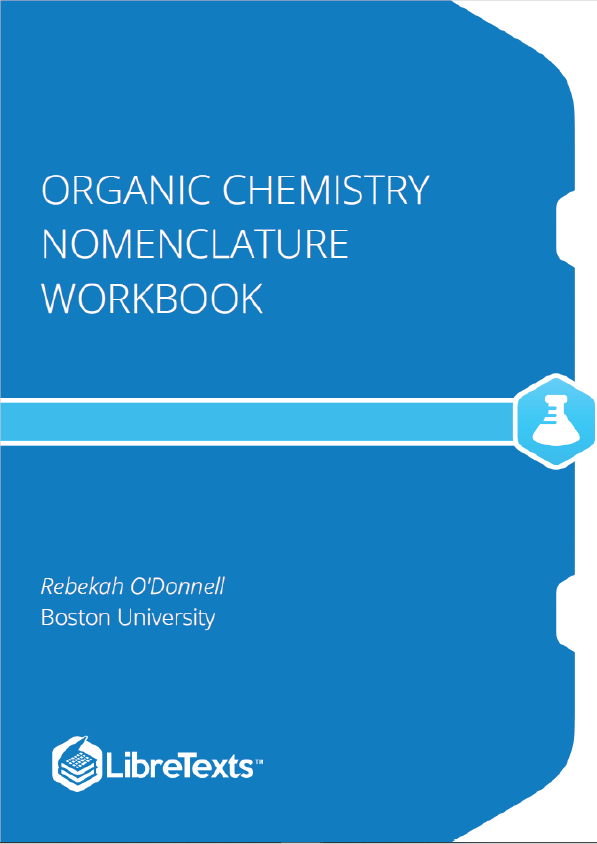An amino group consists of a nitrogen atom bonded to two hydrogen atoms, written as -NH . If the hydrogens are replaced by R groups, the group is referred to as a substituted amino group. Amines and amides are two compounds which contain amino or substituted amino groups.
Amines are designated as primary, secondary, or tertiary amines based upon the degree of substitution of the amino group. For example, an amine in which all three of the potential nitrogen bonds are with R groups instead of hydrogens is called a tertiary amine (see the right-most molecule below).
An alkane can be appended onto an existing chain to create a branched molecule. This branched piece of the molecule is called a substituent. A substituent made from an alkane is called an alkyl group. Alkyl groups are named similarly to unbranched alkane chains.
An alkane is a saturated hydrocarbon, meaning that the molecule contains all the possible hydrogen atoms because all the carboncarbon bonds are single bonds. If one of those carbon-carbon bonds is a double bond, the resulting hydrocarbon is unsaturated and called an alkene. This alkene is named propene.
We would expect to name this molecule 1,3,5-cyclohexatriene and see its double bonds react like other double bonds. However, these double bonds do not react in the same way as double bonds in a standard alkene. Observe the result of the below experiment under the appropriate reaction conditions.
This surprising stability of the double bonds in the benzene ring is not due to the cyclic arrangement of the carbon chain. Under the appropriate reaction conditions, we see the following results for adding hydrogen across the double bonds of the molecules below.
Therefore, the three “double bonds” of the benzene ring are not true double bonds. The electrons are shared across all of the carbons in the ring, an arrangement called conjugation which is better represented by the below structure.
When depicting benzene rings using the double bond drawing, remember that the ring is a hybrid between two equally likely resonance structures.Therefore both structures below would be named 1-chlorobenzene.











